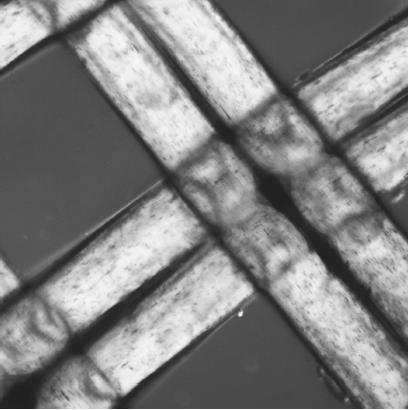Chemical Reactions - How it works
What Is a Chemical Reaction?
If liquid water is boiled, it is still water; likewise frozen water, or ice, is still water. Melting, boiling, or freezing simply by the application of a change in temperature are examples of physical changes, because they do not affect the internal composition of the item or items involved. A chemical change, on the other hand, occurs when the actual composition changes—that is, when one substance is transformed into another. Water can be chemically changed, for instance, when an electric current is run through a sample, separating it into oxygen and hydrogen gas.
Chemical change requires a chemical reaction, a process whereby the chemical properties of a substance are altered by a rearrangement of the atoms in the substance. Of course we cannot see atoms with the naked eye, but fortunately, there are a number of clues that tell us when a chemical reaction has occurred. In many chemical reactions, for instance, the substance may experience a change of state or phase—as for instance when liquid water turns into gaseous oxygen and hydrogen as a result of electrolysis.
HOW DO WE KNOW WHEN A CHEMICAL REACTION HAS OCCURRED?
Changes of state may of course be merely physical—as for example when liquid water is boiled to form a vapor. (These and other examples of physical changes resulting from temperature changes are discussed in the essays on Properties of Matter; Temperature and Heat.) The vapor produced by boiling water, as noted above, is still water; on the other hand, when liquid water is turned into the elemental gases hydrogen and oxygen, a more profound change has occurred.
Likewise the addition of liquid potassium chromate (K 2 CrO 4 ) to a solution of barium nitrate (Ba[NO 3 ] 2 forms solid barium chromate (BaCrO 4 ). In the reaction described, a solution is also formed, but the fact remains that the mixture of two solids has resulted in the formation of a solid in a different solution. Again, this is a far more complex phenomenon than the mere freezing of water to form ice: here the fundamental properties of the materials involved have changed.

The physical change of water to ice or steam, of course, involves changes in temperature; likewise, chemical changes are often accompanied by changes in temperature, the crucial difference being that these changes are the result of alterations in the chemical properties of the substances involved. Such is the case, for instance, when wood burns in the presence of oxygen: once wood is turned to ash, it has become an entirely different mixture than it was before. Obviously, the ashes cannot be simply frozen to turn them back into wood again. This is an example of an irreversible chemical reaction.
Chemical reactions may also involve changes in color. In specific proportions and under the right conditions, carbon—which is black—can be combined with colorless hydrogen and oxygen to produce white sugar. This suggests another kind of change: a change in taste. (Of course, not every product of a chemical reaction should be tasted—some of the compounds produced may be toxic, or at the very least, extremely unpleasant to the taste buds.) Smell, too, can change. Sulfur is odorless in its elemental form, but when combined with hydrogen to form hydrogen sulfide (H 2 S), it becomes an evil-smelling, highly toxic gas.
The bubbling of a substance is yet another clue that a chemical reaction has occurred. Though water bubbles when it boils, this is merely because heat has been added to the water, increasing the kinetic energy of its molecules. But when hydrogen peroxide bubbles when exposed to oxygen, no heat has been added. As with many of the characteristics of a chemical reaction described above, bubbling does not always occur when two chemicals react; however, when one of these clues is present, it tells us that a chemical reaction may have taken place.
Comment about this article, ask questions, or add new information about this topic: